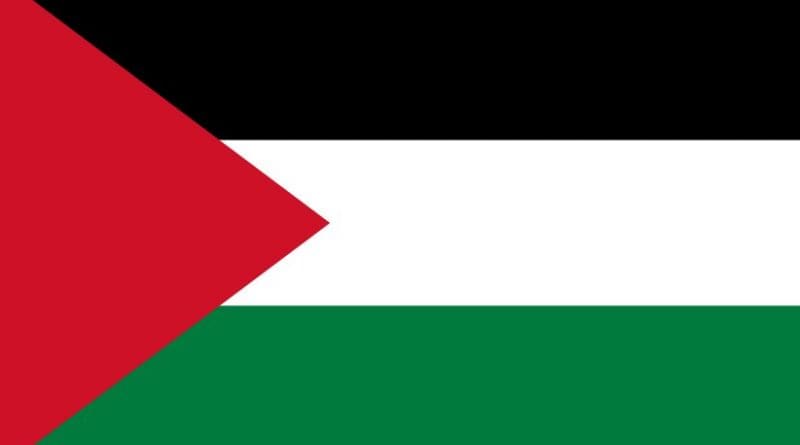Bursting The Bubble: Welcome To Palestine – OpEd
By MIFTAH
By Julie Holm
“Welcome to Palestine” I told two tourists I met during Christmas. Thinking I had convinced them of the importance of visiting both sides of the wall I invited them to Ramallah: “It’s a great city” I told them, describing the shopping opportunities and the night life, the cafés and the people, trying to make Ramallah a little more approachable for someone who would rather spend their vacation on a Tel Aviv beach. Their reaction was to look at me as if I had just invited them in to a terrorist hub with suicide bombers on every corner and the streets filled with extremists.
Living in Ramallah, however, it doesn’t take long to realize that this too, is only one aspect of reality. Ramallah is truly a bubble of expats, NGOs, lectures, conferences and discussions of the situation of Palestine. We go to Birzeit University, discuss the bid for statehood at the UN with our politically-engaged Palestinian friends, we hear stories and are eager to share all the tales of injustice we encounter. Here most people are very aware of the realities of the Palestinians, we personally experience aspects of it every day. But being questioned by immigration officers at Israel’s airport or going through the Qalandia checkpoint is not the whole story. Being a foreigner here you can know everything there is to know about human rights, the Oslo Accords, the right of return and the Israeli lobby in US politics, but unless you actually go out of Ramallah to explore and experience what life is like for the ordinary Palestinian you haven’t seen the real Palestine. Even the people in Ramallah are different than the rest of the West Bank. Many of the Palestinians here have lived and studied in the west and have a different outlook on the situation than people who have lived here their whole lives. Their economic, social and political background is different, which is another reason to get out and meet people outside of the Ramallah bubble.
Whether here for days, weeks or years, internationals in Ramallah flock to go on tours of the West Bank. Organized by Palestinians, Israelis or foreigners, these tours are immensely important in portraying the realities of the occupation. Organizations like Breaking the Silence and the Israeli Committee Against House Demolitions are doing a great job in spreading information and using their own experiences as a point of departure for telling the many stories of discrimination and occupation. Going on these tours I have seen how the wall does not follow the Green Line, and heard that it is going to be four times as long when finished. I have seen how the settlements rapidly expand from hilltop to hilltop isolating Palestinian villages, and I have driven on roads constructed for settlers, something that made me grasp the apartheid-like conditions that are a good illustration of the position of Palestinians as second and third-class citizens in their own country.
There comes a point, however, when I have heard the same information over and over again. That is why I appreciate it when I get to go around the West Bank with friends who know the area very well and who can tell me stories of what they have experienced and know about every little village we pass through. It is one thing to see the wall, and look at a map that shows the absurdity of how and where it is constructed (not to mention the absurdity that it is constructed at all) and another thing to spend the afternoon working with farmers in the seam zone, between the wall and the Green Line, getting a small glimpse of their life, seeing that their struggles are very different from those of the Palestinians in Ramallah.
The stories I hear in Ramallah are very different from the ones I heard when visiting some friends of a friend in a small village, in the north of the West Bank. A beautiful, 90-year old woman told me stories in vivid Arabic of life and love and occupation, and I realized that life in Palestine is so much more than what I see every day in Ramallah. To get a real idea of what “Palestine” is actually like it is important to get out of the comfortable bubble of Ramallah and see how the occupation affects the lives of Palestinians in other places of the West Bank. In our Ramallah bubble we can continue to criticize people who don’t make the effort to understand the situation here, who don’t get away from the beaches of Tel Aviv and who don’t dare to deal with their misguided ideas of Palestine. But the truth is, there is room for all of us to learn and see more, all the time.
Julie Holm is a Writer for the Media and Information Department at the Palestinian Initiative for the Promotion of Global Dialogue and Democracy (MIFTAH). She can be contacted at [email protected].


I will never allow a government upon this earth…to outlaw an individual or group of individuals. That privilege is my own.I was born with imunities and privileges, not a bunch of stupid politicians and taxes to cause me involuntary servitude.